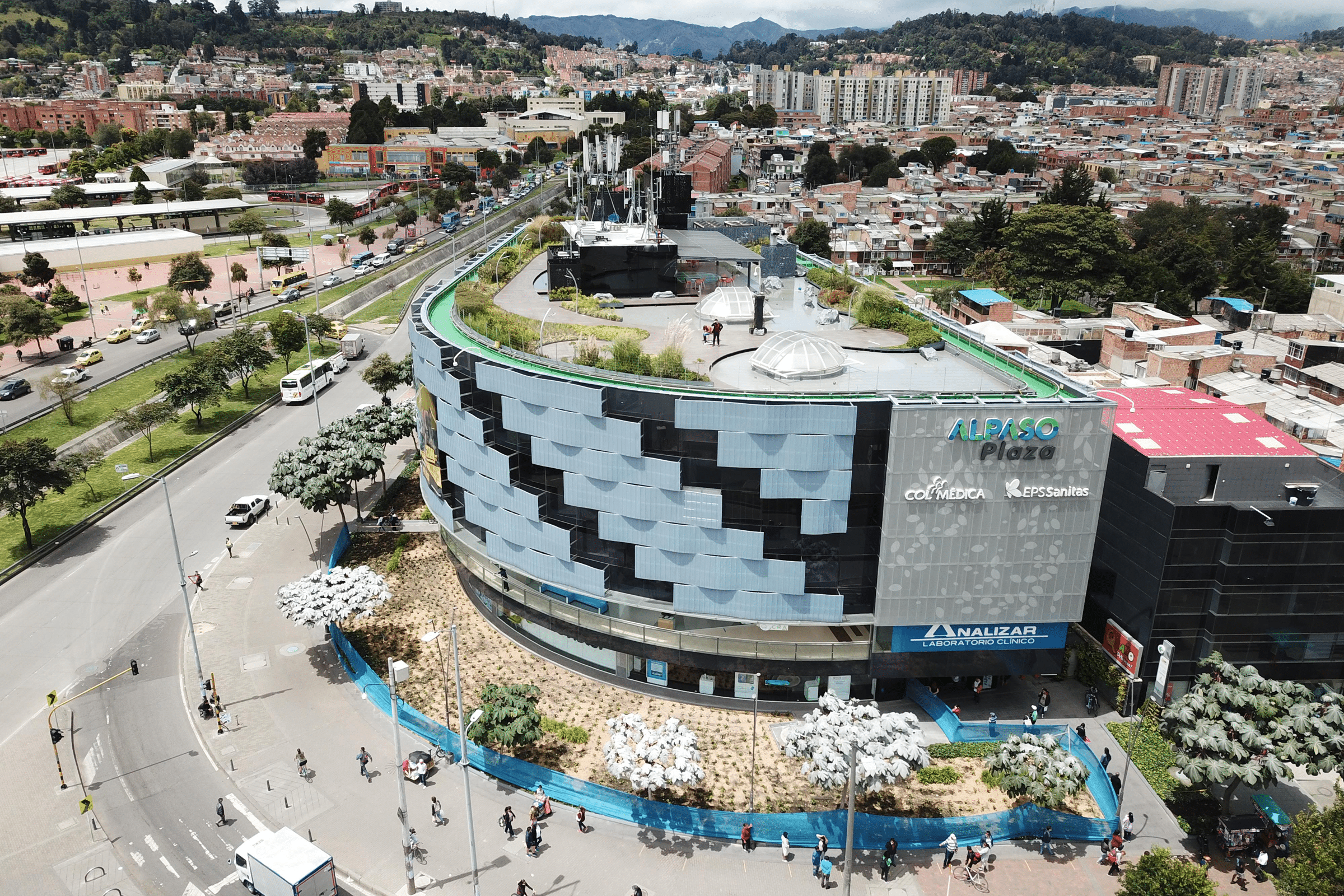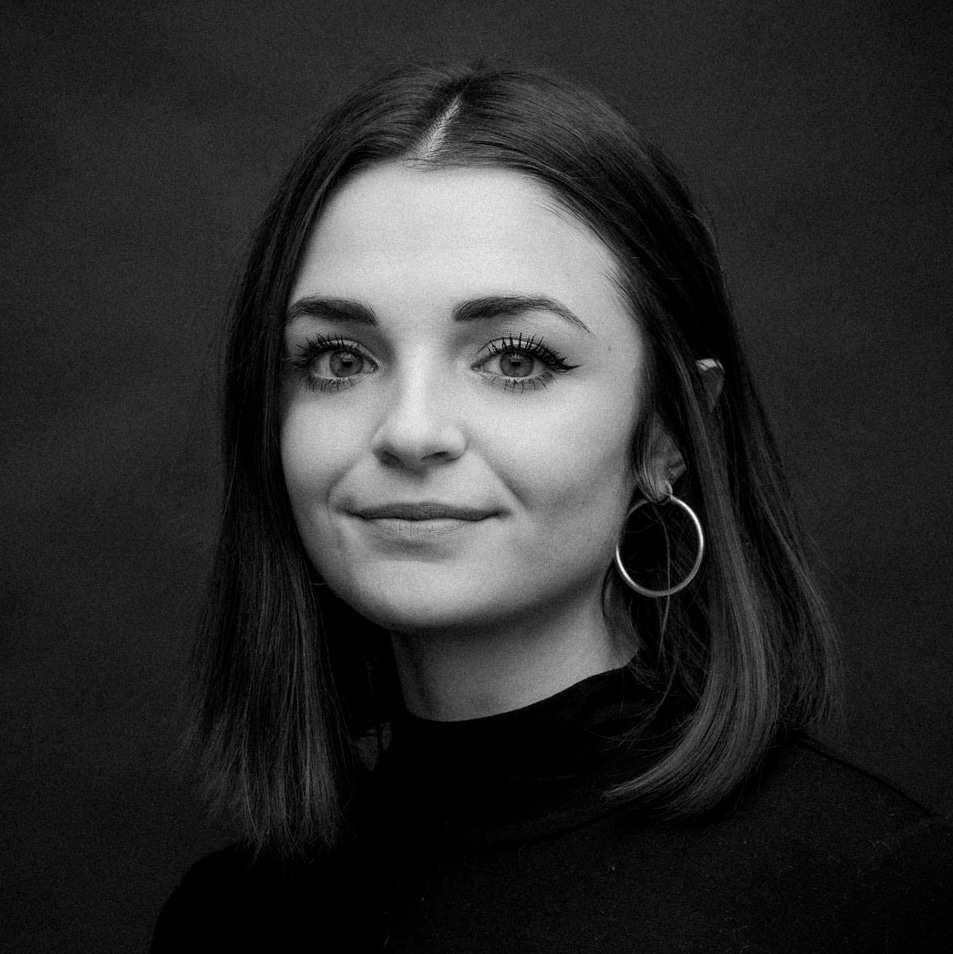Story at a glance:
- The New York School of Interior Design (NYSID)’s Master of Professional Studies in Sustainable Interior Environments program covers everything from HVAC to textiles.
- The graduate campus is LEED Platinum-certified, so students learn about sustainability in a sustainable environment.
- Francesca Mayer Martinelli, an alum of the program, is using her NYSID education to make real changes in green building in Peru.
Francesca Mayer Martinelli was destined to be a part of the building industry.
Born in Peru, both of her parents are engineers. Her mom was even on a construction site when she was pregnant with Mayer Martinelli and started getting contractions.
But unlike her engineer parents, when Mayer Martinelli graduated high school, she decided to pursue a career in interior design. She went to Converse College in South Carolina, and it was there that she first learned of sustainable design.
“One of my teachers was all about sustainability. I actually had never heard that word before I went into college. It’s something that’s still very new here in Peru,” she says. “But the way in which she showed us what sustainability was felt very natural. Sustainable solutions—yes, some of them are technological, but some are derived from really basic and obvious ideals, like solar panels. It’s something that’s available, it’s there, it’s obvious—it’s just logical. For me sustainability just makes sense.”

Photo courtesy of Francesca Mayer Martinelli
Making Peru Sustainable
When Mayer Martinelli graduated at 21, her mom suggested she pursue a master’s degree. Still curious about sustainable design, she applied for the one-year Master of Professional Studies in Sustainable Interior Environments program at the New York School of Interior Design (NYSID). “I remember when I got the acceptance letter; I didn’t even think twice,” she says. “I started making all of my arrangements and moved to New York.”
The rest, as far as Mayer Martinelli is concerned, is history. “My year at NYSID was the best year,” she says. “I feel like I learned more that year than I did during my whole college and high school career.”
Although the program has “interior” in the title, the curriculum covers all aspects of sustainable design, from HVAC to textiles, with faculty not only familiar with the industry but working in it today. “It was really important for me to have teachers who were professionals working in the field at that time,” Mayer Martinelli says. “They were not retired, or people who did a couple of buildings 30 years ago, but they were accredited professionals who left class to go back to their offices and work on projects we would maybe see in a couple of weeks being built or designed in New York City.”

Photo courtesy of Francesca Mayer Martinelli
The coursework was also hands-on, both inside and outside of the classroom. The graduate campus is LEED Platinum–certified, so students are able to learn about sustainability in a sustainable environment. “It was really cool for me to learn about sustainability firsthand from exactly where I was sitting,” Mayer Martinelli says.
And because faculty members are active in the industry, students are often given firsthand looks into some of the top firms in the industry. “We had a professor from Designtex, and she took us to the NYC headquarters,” Mayer Martinelli says. “For us to be able to go to the spaces and see the interior design didn’t only mean you could design spaces, but that you can be a LEED consultant or work with fabrics or work at an architecture firm or in codes—having a variety of teachers gave me this idea that I could do anything.”
When she graduated in 2012 Mayer Martinelli moved back to Peru, wanting an opportunity to help her home country become more sustainable. She started working at a LEED consulting firm, working with clients like Coca-Cola before landing a job with the sustainable construction firm SUMAC.
Then in 2016, the Peru Green Building Council (GBC) called—twice—asking for Mayer Martinelli to step in as CEO. “When they first called in February I said no,” she says. “I felt like I had more to give on LEED projects.” But when the president called her personally in October about leading the organization, advocating for sustainability both with private companies and the government, she said yes.
She’s now been in the role for four years, out of school even longer, and she says she still finds her education at NYSID useful, to the point where she has gone back to look up her old class notes. “My job today is something that really relates a lot to my years at NYSID, because we were able to see professionals from different backgrounds,” she says. “Now I work with a lot of HVAC companies, so I’m even thankful for the ASHRAE class I had that I didn’t love when I was in school. With some of my larger clients—Samsung, LG, and other super large HVAC companies—I have the knowledge to have conversations with them about it. I feel like I know a little bit more about certain parts of the business than some of my peers do.”

Photo courtesy of Francesca Mayer Martinelli
A Platform for Change
Beyond the education itself, the curriculum has given Mayer Martinelli the foundation to make real sustainable change. Working with the Ministry of Housing, Construction, and Sanitation, the Peru GBC is launching new regulations for all public sector buildings that will require all new construction to go green starting next year.
“New buildings are going to have to be sustainable, and we are going to have to change the way they are designed,” Mayer Martinelli says. “Projects here in Peru used to not be energy-efficient, but now there are going to be specific requirements for all public buildings to lower energy consumption, for example, including having to incorporate water treatment plants, green roofs, green materials, water-efficient fixtures, and more. It’s going to be a game-changer.”


